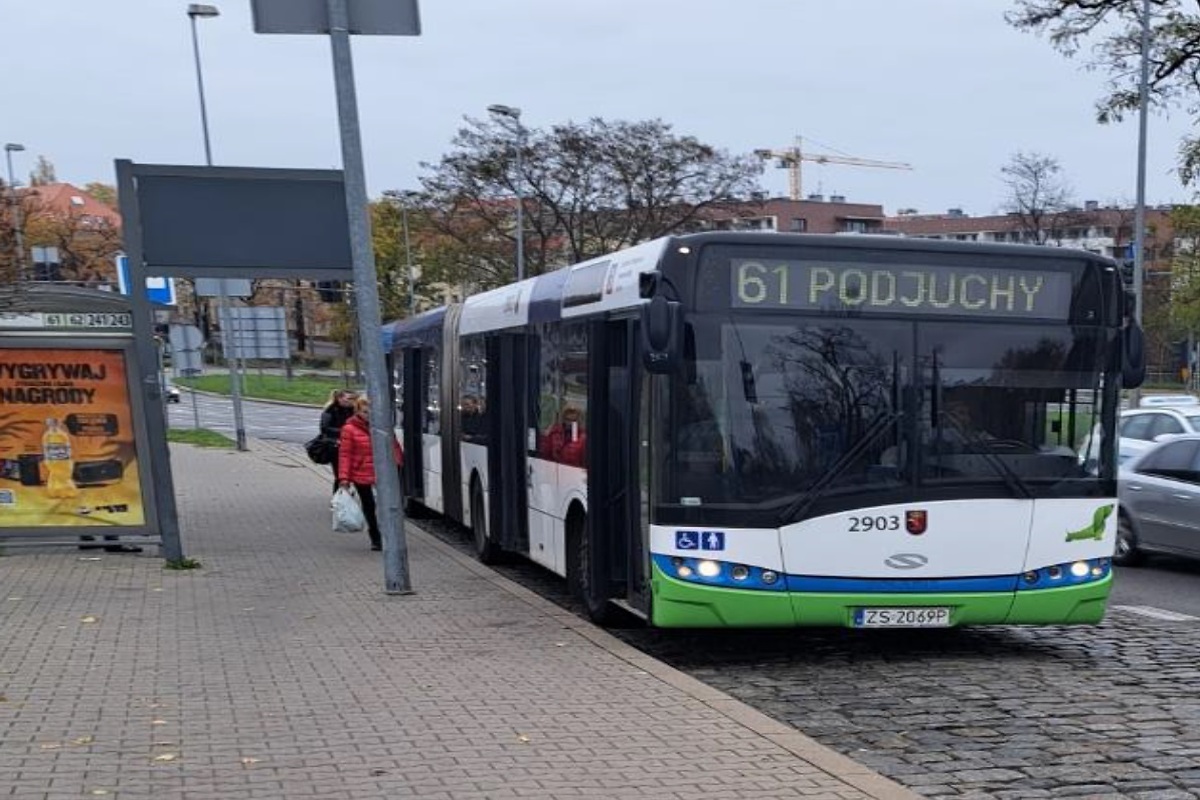Current issue
Online first
Archive
About the Journal
Aims and scope
Publisher and Editorial
Advertising policy
For Authors
Paper review procedures
Procedures protecting authentic authorship of papers
Paper preparation manual
Plagiarism check
Publication ethics
Reviewers
APC
Editorial and Scientific Board
Contact
Reviewers
Assessment of the life cycle of city buses with diesel and electric drive in the operation phase
1
Faculty of Mechanical Engineering
and Mechatronics, Graduate West Pomeranian University of Technology in Szczecin, Poland
Submission date: 2022-11-28
Final revision date: 2023-03-06
Acceptance date: 2023-03-11
Online publication date: 2023-03-16
Publication date: 2023-06-14
Corresponding author
Paweł Regulski
Faculty of Mechanical Engineering and Mechatronics, Graduate West Pomeranian University of Technology in Szczecin, Poland
Faculty of Mechanical Engineering and Mechatronics, Graduate West Pomeranian University of Technology in Szczecin, Poland
Combustion Engines 2023,193(2), 117-121
KEYWORDS
TOPICS
ABSTRACT
The aim of the article is to analyze the impact of operation on the life cycle assessment of city buses with diesel and electric drive using neural networks based on source data. Two types of diesel buses and two types of electric buses were tested. As a result of the conducted tests, the following optimal values were obtained for buses: operation time, number of inspections, daily refueling time or battery charging time, general efficiency, emissions. The adopted values of the life cycle assessment criteria are optimal for electric and electric city buses. The presented research and analyzes have a significant impact on the processes related to the organization of public transport.
REFERENCES (28)
1.
Bakker S, Konings R. The transition to zero-emission buses in public transport – The need for institutional innovation. Transport Res D-Tr E. 2018;(64):204-215. https://doi.org/10.1016/j.trd.....
2.
Basma H, Mansour C, Haddad M, Nemre M, Stabat P. Comprehensive energy modeling methodology for battery electric buses. Energy. 2020;(207):118241. https://doi.org/10.1016/j.ener....
3.
Bieniek A, Graba M, Mamala J, Prażnowski K, Hennek K. Energy consumption of a passenger car with a hybrid powertrain in real traffic conditions. Combustion Engines. 2022;191(4):15-22. https://doi.org/10.19206/CE-14....
4.
Bienek F, Szczygiel I, Rutczyk B. Economical analysis of electric vehicles in Poland. Combustion Engines. 2023;192(1):55-62. https://doi.org/10.19206/CE-15....
5.
Bogacki M, Bździuch P. Predicting the spatial distribution of emissions from urban buses based on previously measured data and scenarios for their modernization in the future. Case study: Krakow, Poland Atmospheric Environment. 2019;(199):1-14. https://doi.org/10.1016/j.atmo....
6.
Boren S. Electric buses’ sustainability effects, noise, energy use, and costs. Int J Sustain Transp. 2020;14(12):956-971. https://doi.org/10.1080/155683....
7.
Borkowski A, Zawiślak M. Comparative analysis of the life-cycle emissions of carbon dioxide emitted by battery electric vehicles using various energy mixes and vehicles with ICE. Combustion Engines. 2023;192(1):3-10. https://doi.org/10.19206/CE-14....
8.
Corazza MV, Guida U, Musso A, Tozzi M. A European vision for more environmentally friendly buses. Transport Res D-Tr E. 2016;(45):48-63. https://doi.org/10.1016/j.trd.....
9.
Csonka B. Optimization of static and dynamic charging infrastructure for electric buses. Energies. 2021;14(12):3516. https://doi.org/10.3390/en1412....
10.
Gallet M, Massler T, Hamacher T. Estimation of the energy demand of electric buses based on real-world data for large-scale public transport networks. Appl Energ. 2018;(230):344-356. https://doi.org/10.1016/j.apen....
11.
Girardi P, Gargiulo A, Brambilla PC. A comparative LCA of an electric vehicle and an internal combustion engine vehicle using the appropriate power mix: the Italian case study. Int J Life Cycle Ass. 2015;(20):1127-1142. https://doi.org/10.1007/s11367....
12.
Janicka A, Zawiślak M, Głogoza A, Włostowski R. Optimization of the electric bus radiator design in terms of noise emissions and energy consumption by computational fluid dynamics. Combustion Engines. 2022;191(4):41-50. https://doi.org/10.19206/CE-14....
13.
Kawamoto R, Mochizuki H, Moriguchi Y, Nakano T, Motohashi M, Sakai Y et al. Estimation of CO2 emissions of internal combustion engine vehicle and battery electric vehicle using LCA. Sustainability. 2019;11(9):2690. https://doi.org/10.3390/su1109....
14.
Lajunen A. Lifecycle costs and charging requirements of electric buses with different charging methods. J Clean Prod. 2018;(172):56-67. https://doi.org/10.1016/j.jcle....
15.
Raposo H, Farinha JT, Fonseca I, Ferreria LA. Condition monitoring with prediction based on diesel engine oil analysis: a case study for urban buses. Actuators. 2019;8(1):14. https://doi.org/10.3390/act801....
16.
Regulski P. The material and economic assessment of the life cycle of city buses in the operational phase. Combustion Engines. 2023;192(1):50-54. https://doi.org/10.19206/CE-15....
17.
Santos D, Kokkinogennis Z, de Sousa JF, Perrotta D, Rossetti RJF. Towards the integration of electric buses in conventional bus fleets. IEEE 19th International Conference on Intelligent Transportation Systems (ITSC). 2016:88-93. https://doi.org/10.1109/ITSC.2....
18.
Slavik J. Electric buses in urban transport—the situation and development trends. Journal of Traffic and Transportation Engineering. 2014;2(1):45-58.
19.
Szumska EM, Pawełczyk M, Jurecki R. Total cost of ownership analysis and energy efficiency of electric, hybrid and conventional urban buses. Eksploat Niezawodn. 2022;24(1):7-14. http://doi.org/10.17531/ein.20....
20.
Verbrugge B, Hasan MM, Rasool H, Geury T, El Baghdadi M, Hegazy O. Smart integration of electric buses in cities: a technological review. Sustainability. 2021;13(21):12189. https://doi.org/10.3390/su1321....
21.
Wang Y, Huang Y, Xu J, Barclay N. Optimal recharging scheduling for urban electric buses: A case study in Davis. Transport Res E-Log. 2017;(100):115-132. https://doi.org/10.1016/j.tre.....
22.
www.autoexpert.pl/artykuly/o-typach-silnikow-elektrycznych (accessed on 3.10.2022).
23.
ecity.solarisbus.com/baza-wiedzy/ile-trwa-naladowanie-autobusu-elektrycznego (accessed on 1.03.2023).
24.
www.eska.pl/krakow/krakowskie-mpk-zaprezentowalo-autobus-zasilany-ogniwami-wodorowymi-zdjecia-aa-3xss-HCaA-MWNi.html (accessed on 1.03.2023).
25.
www.motofakty.pl/sprawnosc-cieplna-silnika-nie-taka-fizyka-straszna/ar/c4-16275055 (accessed on 3.10.2022).
CITATIONS (2):
1.
Model of energy consumption by brake discs of rail vehicles
Wojciech Sawczuk, Mateusz Jüngst, Daniel Kaczmarek
Rail Vehicles/Pojazdy Szynowe
Wojciech Sawczuk, Mateusz Jüngst, Daniel Kaczmarek
Rail Vehicles/Pojazdy Szynowe
2.
The concept of microfiltration of hydraulic oil in rail vehicles
Sławomir - Kołodziejski, Agnieszka - Bartkowiak, Wojciech - Sawczuk
Rail Vehicles/Pojazdy Szynowe
Sławomir - Kołodziejski, Agnieszka - Bartkowiak, Wojciech - Sawczuk
Rail Vehicles/Pojazdy Szynowe
Share
RELATED ARTICLE
We process personal data collected when visiting the website. The function of obtaining information about users and their behavior is carried out by voluntarily entered information in forms and saving cookies in end devices. Data, including cookies, are used to provide services, improve the user experience and to analyze the traffic in accordance with the Privacy policy. Data are also collected and processed by Google Analytics tool (more).
You can change cookies settings in your browser. Restricted use of cookies in the browser configuration may affect some functionalities of the website.
You can change cookies settings in your browser. Restricted use of cookies in the browser configuration may affect some functionalities of the website.



